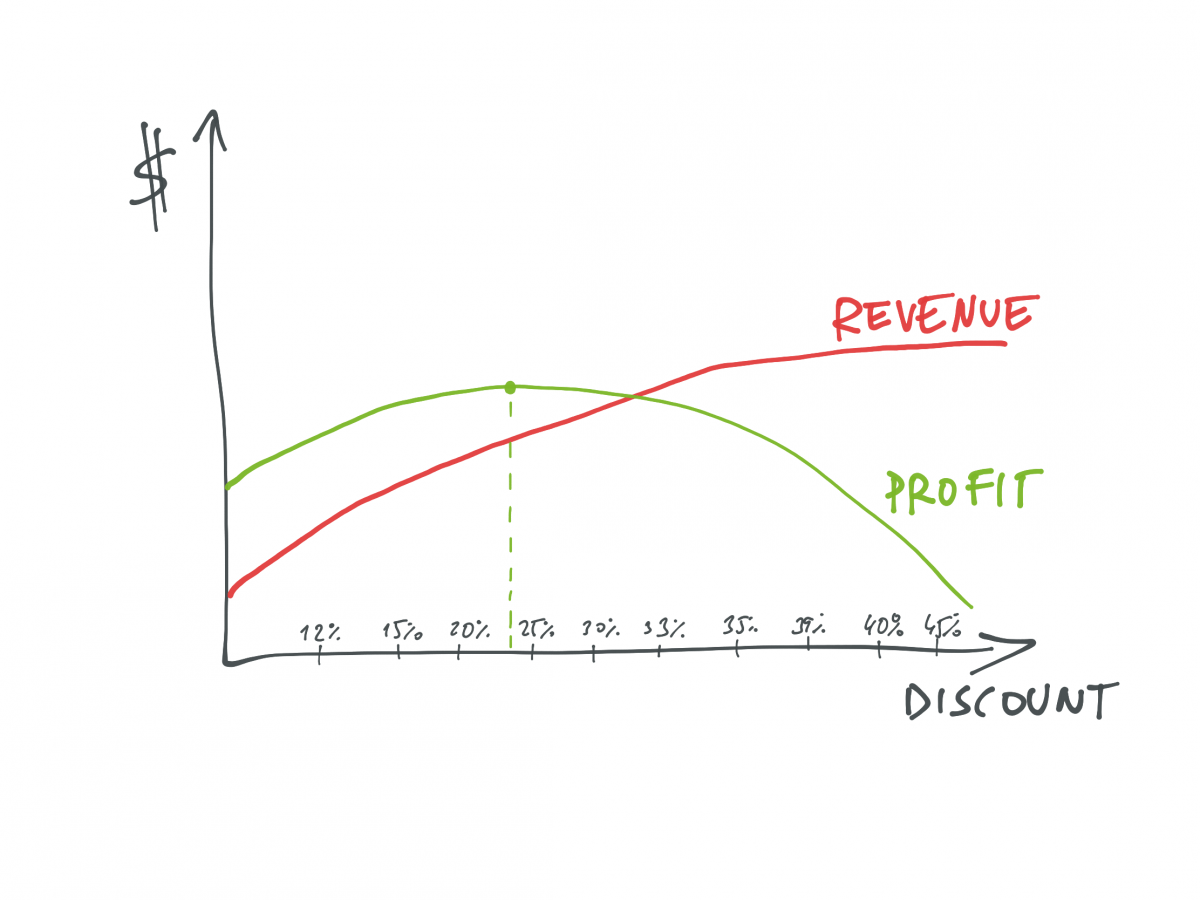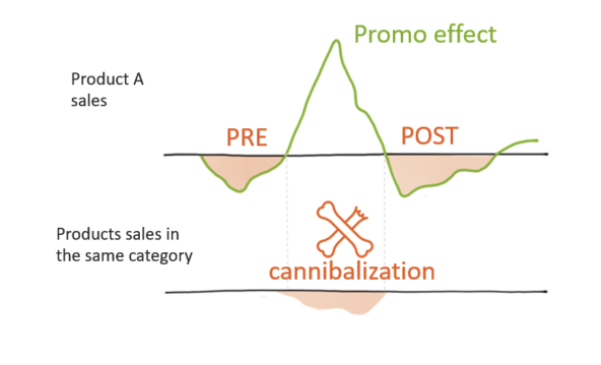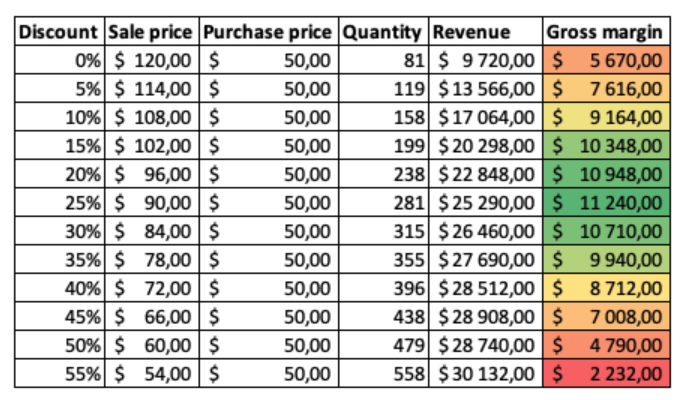Sales forecasting
and inventory optimization
Become a retail mastermind you always wanted to be.
Become a retail mastermind you always wanted to be.
Key takeaways:
Using promotions is mostly about driving traffic of new or current customers to your store or e-shop, then hoping that they will purchase products that are not discounted in addition to the products that are discounted. In an ideal world, at least some of these visits result in loyal customers. Unfortunately however, the process of picking products for discount or another type of promotion is underestimated by many retailers. This is the main reason why almost all promotions fail. You know how it goes: One click to pick the sales category, a second to choose the products, then set a new discount for next week, let’s say 20% or even better 35%. It just takes a couple of minutes. But how do you know what to discount, and how much to discount? How do you choose the right products? Have you heard of the cannibalization effect? Do you know something about post-promotion effects? Read on, and you will learn how retailers and other business owners use promotions successfully.
The graph above is a textbook example of how profit and revenue change as discounts increase. With a higher discount, you can increase revenue, that much is clear from the graph. But there are limits to this increase in revenue, because as the discount increases, customers pay less and less for your products. Indeed, this textbook graph example shows that profitability peaks at a specific point, then drops fairly dramatically as the discount continues to rise. To understand how to properly choose discount levels, you have to know something about promotions in general.
There are four main parts of promotion sales that can be automatically detected (this is what we do at Inventoro):
To determine whether or not your promotion has been a success financially, you have to calculate all the effects of that promotion. Everyone discounts goods in sales, but surprisingly, only a few of these promotions can be considered a real financial success.
Every product has a slightly different reaction to discounts. Some products are not correlated with price, so there won’t be higher sales with higher discounts. These are price insensitive products. But now let’s talk about the other group, price sensitive products. Take a look at the example below. As the discount begins to increase, sales rise with it. And if we look at gross margin, we see at first an increasing trend, but this doesn’t last long. At some inflection point, the Gross margin indicator peaks, then switches to a rapidly decreasing trend. You can see that gross margin in the example below peaks at a discount of 25%.
Here is a simplified version of this phenomenon, which shows Gross margin peaking at around a 20% discount rate.
Using promotions and sales may seem simple, but if you don’t use a data-driven tool to help you, you can lose money. Know which of your products are price sensitive, and which are not. And remember, some of your product margins can be sacrificed, so they become nothing more than “traffic drivers” to your store or e-shop. In other words, decreasing your profit on a certain product can end up making you money by attracting customers to your store or e-shop. And some of them will become loyal customers.
Inventoro works with promotions and the number of products sold in a promotion. The analysis it does is intended for short promotions (up to 60 days) and is ideal for one or two-week promotions with leaflets or any other type of promotion, whether in your e-shop or using some other type of discount.
There are three main parts to the analysis of promotions:
Try Inventoro for free for 14 days to optimize your promotion sales.
Become a retail mastermind you always wanted to be.



